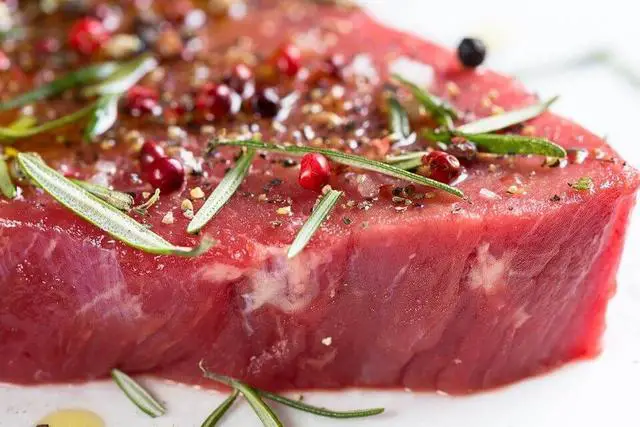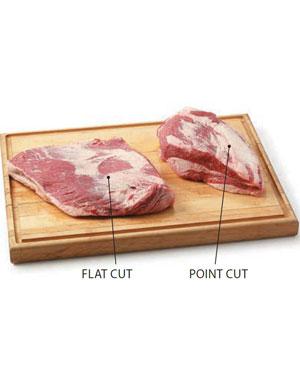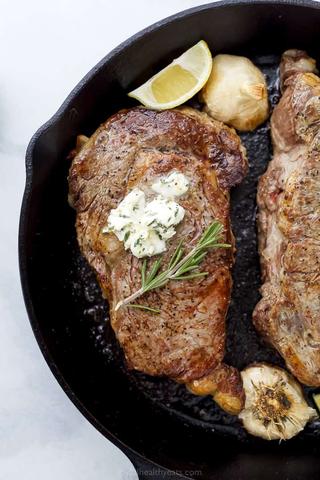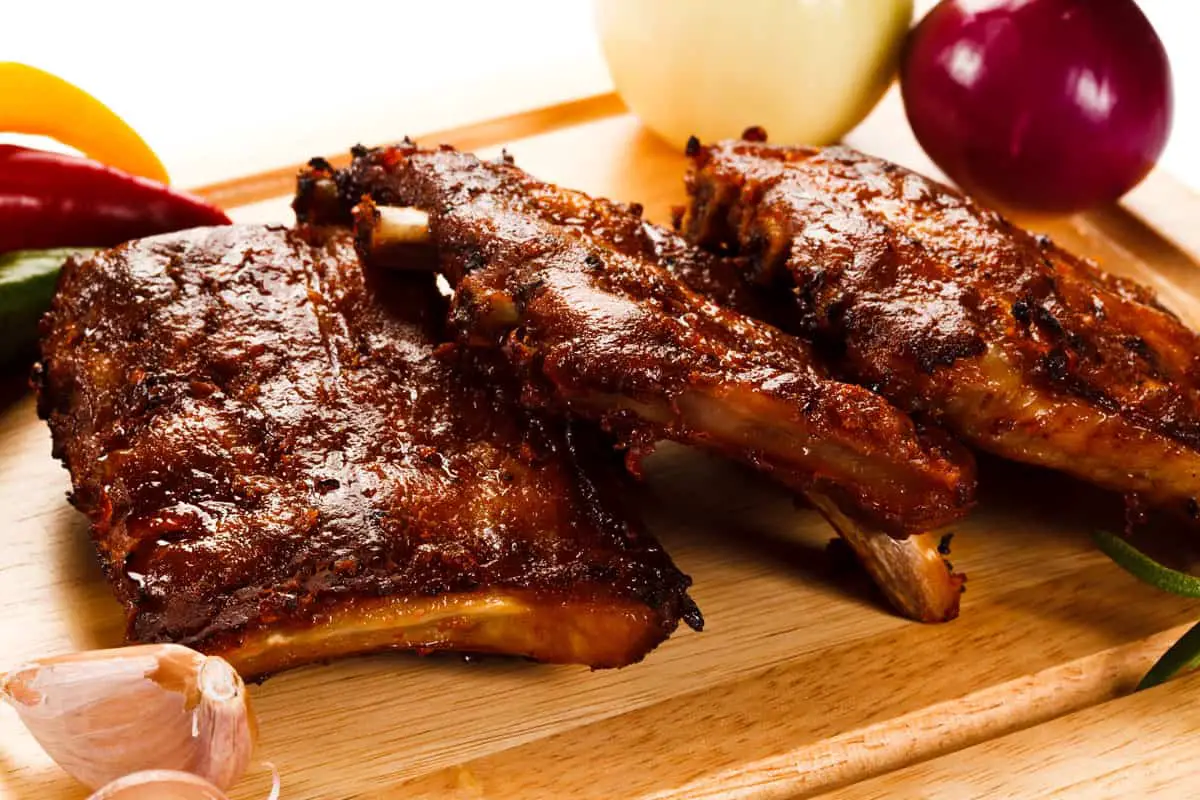
“Unlocking the Mystery: How Many Ribs in a Rack? Discover the Fascinating Anatomy Behind this Classic Culinary Delight.”
How Many Ribs per Person? Amount Explained
When serving ribs for your family and friends, it can be challenging to determine how many ribs to offer per person. The serving sizes of pork ribs vary depending on the type and cut. A typical slab or full rack of pork ribs contains between 10-13 ribs, while a half rack consists of 5-6 ribs. Baby back ribs, which come from the upper portion of the pig’s rib cage, are smaller and more tender than spare ribs. A serving of baby back ribs usually includes a half rack or 5-6 ribs. On the other hand, spare ribs are meatier and more flavorful due to their higher fat content. A typical serving size for pork spare ribs is 3-4 ribs.
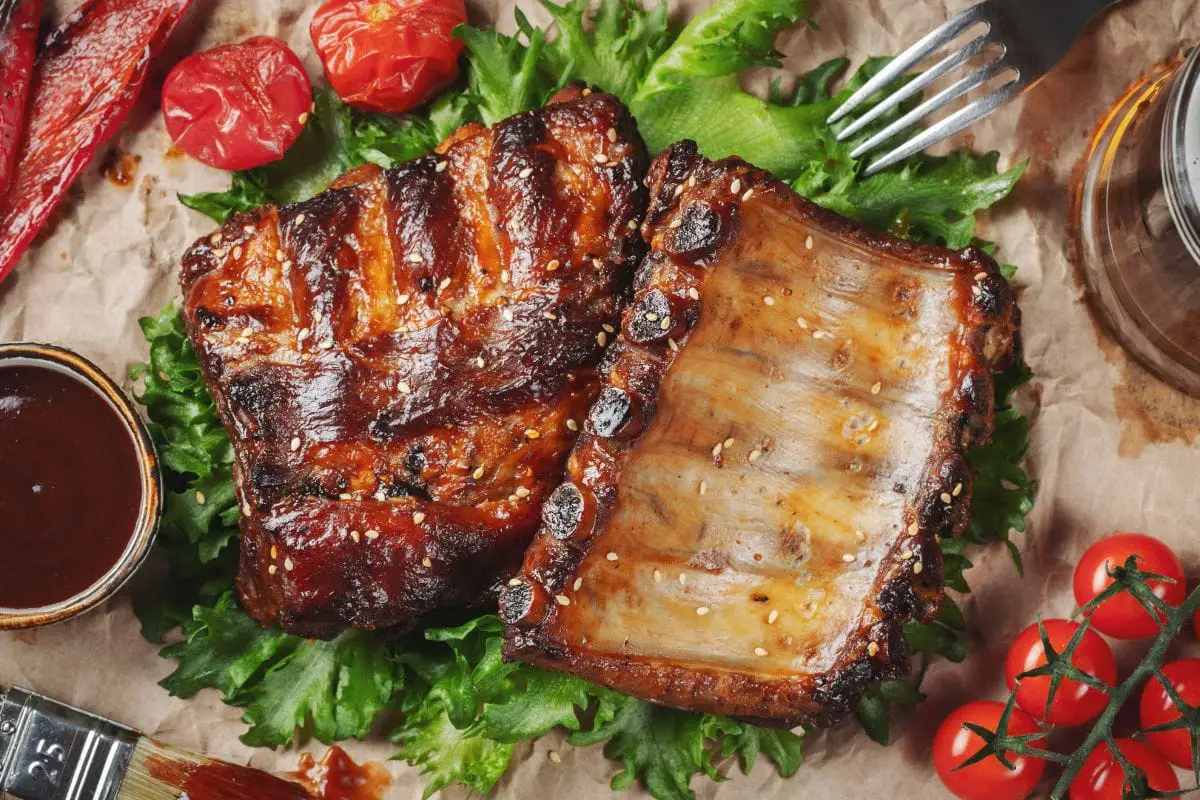
If you’re considering beef ribs, there are several types available: beef plate short ribs, beef chuck short ribs, and beef back ribs. Beef back ribs have very little meat between the bones and offer at most 2 servings. Beef short plate ribs come in three-bone slabs and provide three servings. However, they can be expensive and hard to find. Beef chuck short ribs originate from the chuck primal and are typically sold as four-bone slabs or singular bones. When served as individual bones, one rib per person is recommended; whereas if you have a whole slab, two per person is sufficient.
When planning a barbecue or event where you’ll be serving ribs, it’s important to strategize in terms of offering enough food without breaking your budget. Consider offering cheaper sides and using smaller plates to create an illusion of abundance on guests’ plates. It can also be helpful to place the protein/ribs towards the end of the serving line so that guests have already filled up their plates with sides before reaching them.
How Many Ribs in a Rack of Ribs?
A typical slab or full rack of pork ribs will have between 10-13 ribs. This means that a half rack of ribs will have approximately 5-6 ribs. When it comes to serving ribs, it’s important to consider the size and type of ribs you are serving, as well as the sides and other dishes that will accompany the meal.
Baby back ribs, which come from the upper portion of the pig’s rib cage, are smaller and more tender than spare ribs. A typical serving of baby back ribs is a half rack or 5-6 ribs. On the other hand, spare ribs, which come from the bottom of the rib cage, are meatier and have more flavor due to their higher fat content. A serving size of pork spare ribs is typically 3-4 ribs.
When it comes to beef ribs, there are different types with varying serving sizes. Beef back ribs offer at most 2 servings due to their small amount of meat. Beef short plate ribs, which come from the short plate primal near the brisket, are typically sold as three bone slabs and offer three servings. Beef chuck short ribs can be sold as four bone slabs or singular bones, and a general guideline would be one or two servings per person depending on the size.
Different Types of Pork Ribs
When it comes to pork ribs, there are two main types: baby back ribs and spare ribs. Baby back ribs come from the upper portion of the pig’s rib cage, where the ribs and spine meet. They are smaller and more tender than spare ribs, making them a popular choice for many people. A typical serving size of baby back ribs is a half rack or 5-6 ribs.
Spare ribs, on the other hand, come from the bottom of the rib cage or the underbelly of the pig. They are meatier and have more flavor compared to baby back ribs, thanks to their higher fat content. Spare ribs can be served as a whole slab or trimmed to a St. Louis Cut, which removes certain parts like the sternum and flap. The serving size for pork spare ribs is usually 3-4 ribs per person.

Baby Back Ribs
Baby back ribs come from the upper portion of the pig’s rib cage, where the ribs and spine meet. They are smaller and more tender than spare ribs because they are essentially loin meat on a bone. A typical serving of baby back ribs is a half rack or 5-6 ribs. They are popular and well-known among people who enjoy barbecue.
Spare ribs come from the bottom of the pig’s rib cage, or the underbelly of the pig. They are meatier and have more flavor than baby back ribs due to their higher fat content. Spare ribs can be served as a whole slab or trimmed to a St. Louis Cut by removing the sternum, costal cartilage, and flap. A typical serving size of pork spare ribs is 3-4 ribs.
Beef back ribs come from the dorsal area of the steer and are located in the rib primal after the rib roast has been removed. The meat is intercostal, between the bones, rather than on top, resulting in very little meat compared to other types of beef ribs. Beef back ribs typically offer at most 2 servings.
Spare Ribs
Spare ribs are a popular choice for barbecue enthusiasts due to their meatiness and flavorful taste. They come from the bottom of the ribs or the underbelly of the pig, where the pork belly and bacon also come from. Spare ribs can be served as a whole slab or trimmed to a St. Louis Cut, which removes the sternum, costal cartilage, and flap.
In terms of serving size, a typical serving of pork spare ribs is 3 or 4 ribs per person. This allows for a generous portion of meat while still ensuring that everyone gets enough to eat. Spare ribs are known for their rich flavor, thanks to their higher fat content compared to baby back ribs.
What About Beef Ribs?
Beef ribs offer a delicious and flavorful option for those looking for a different type of rib. There are several types of beef ribs to choose from, including beef plate short ribs, beef chuck short ribs, and beef back ribs.
Beef back ribs come from the dorsal area of the steer and are located in the rib primal after the rib roast has been removed. These ribs have meat that is intercostal, meaning it is between the bones rather than on top. However, due to shrinkage, there is usually very little meat on these ribs, offering at most 2 servings.
Beef short plate ribs come from the short plate primal, which is an extension of the brisket. These ribs are cut just below the ribeye into 3 bone slabs and typically offer three servings. They are flavorful and can be a great choice for beef lovers.
Beef Back Ribs
Beef back ribs come from the dorsal area of the steer and are a popular choice for barbecue enthusiasts. They are located in the rib primal after the rib roast has been removed. Unlike other types of beef ribs, the meat is found between the bones, rather than on top. However, due to shrinkage during cooking, there is very little meat on beef back ribs.
If you are serving beef back ribs, it is important to note that they offer at most 2 servings per rack. The rib bones can be cut in half to create individual portions. Keep in mind that these ribs have less meat compared to other cuts and may not be as filling for your guests.
Beef Short Plate Ribs
Beef Short Plate Ribs come from the short plate primal, which is an extension of the brisket. These ribs are cut from ribs 6, 7, and 8, just below the ribeye. Ribs 9-12 are not used because they contain very little lean meat and are mostly fat, often turned into ground beef. Beef Short Plate Ribs are typically sold as three-bone slabs, offering three servings.
Note that Beef Short Plate Ribs can be expensive and may be hard to find depending on your location. However, if you do come across them and want to serve them at your barbecue or event, you can expect each three-bone slab to provide three servings. Whether you choose to serve them in-tact or cut into singular bones is up to your preference and presentation.
Beef Chuck Short Ribs
Beef chuck short ribs come from the chuck primal, specifically from ribs 1-5 and are cut just above the brisket. These ribs are known for their rich and flavorful meat, making them a favorite among barbecue enthusiasts. When sold as intact slabs, beef chuck short ribs are often referred to as “Dino beef ribs” due to their large size.
If you purchase the pre-cut English version of beef chuck short ribs, they typically come in singular bones. However, if you find the whole slab version, it is recommended to offer two ribs per person. The size of these ribs allows for a generous serving per person, ensuring that everyone gets enough to satisfy their appetite.
When preparing beef chuck short ribs, it’s important to remember that they require slow cooking methods such as smoking or braising in order to tenderize the meat and bring out its full flavor. This will result in succulent and fall-off-the-bone ribs that your guests will love.
How to Serve Less Ribs?
When it comes to serving ribs, it can be helpful to find ways to serve less without sacrificing the satisfaction of your guests. Here are a few tips:
1. Offer smaller portion sizes: Instead of serving a full rack or half rack per person, consider offering smaller portions. You can serve 1-2 ribs per person for baby back ribs or 3-4 ribs per person for spare ribs. This allows you to stretch the amount of ribs you have and ensures that everyone gets a taste without overindulging.
2. Focus on sides: To make up for serving fewer ribs, offer a variety of delicious sides that complement the flavors of the meat. This can include options like coleslaw, baked beans, cornbread, or grilled vegetables. By offering a range of tasty sides, you can satisfy your guests’ appetites while reducing the amount of meat needed.
3. Use smaller plates: Opting for smaller plates can create an illusion of a fuller plate and help guests feel satisfied even with smaller portions. By using smaller plates, people will naturally take less food and still feel like they have plenty to enjoy.
By implementing these strategies, you can serve less ribs while still ensuring that your guests have a satisfying and enjoyable dining experience.
In conclusion, a rack typically consists of 12 ribs, with variations among different animals. Understanding the anatomy and structure of ribs is essential for various purposes, such as cooking or medical reference.
N/A
Learn More About Grilling
If you want to learn more about grilling, check out these other helpful resources!


